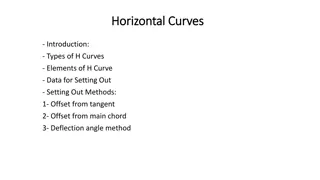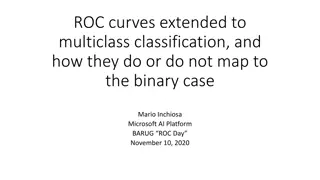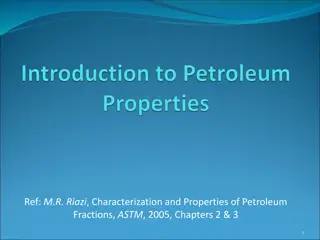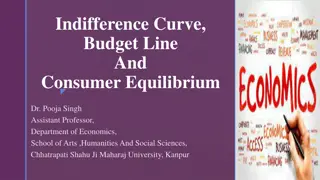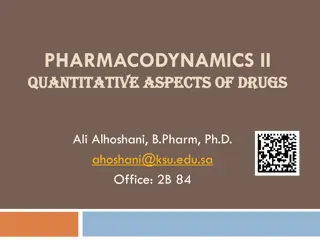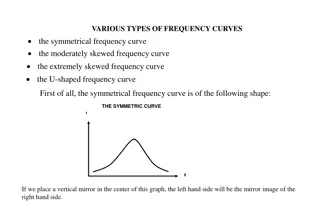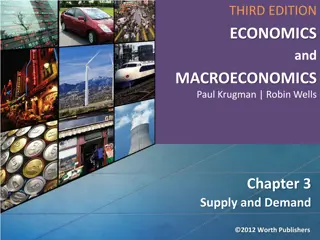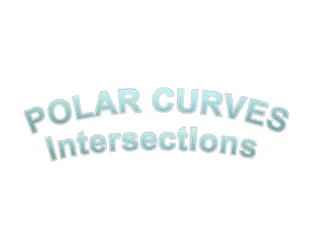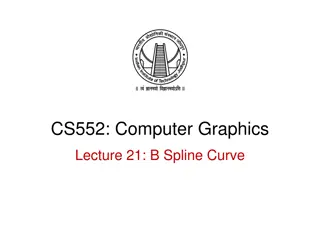
Energy Transfer in Chemical Reactions: Understanding Endothermic and Exothermic Processes
Explore the concepts of endothermic and exothermic reactions through examples and context clues. Learn how energy is exchanged during reactions and the role of enthalpy. Visual aids help clarify the concepts of energy transfer in chemical reactions.
Download Presentation

Please find below an Image/Link to download the presentation.
The content on the website is provided AS IS for your information and personal use only. It may not be sold, licensed, or shared on other websites without obtaining consent from the author. If you encounter any issues during the download, it is possible that the publisher has removed the file from their server.
You are allowed to download the files provided on this website for personal or commercial use, subject to the condition that they are used lawfully. All files are the property of their respective owners.
The content on the website is provided AS IS for your information and personal use only. It may not be sold, licensed, or shared on other websites without obtaining consent from the author.
E N D
Presentation Transcript
U7 Formative #6 Write formulas for reactants. Predict products. Balance Equation. Identify Reaction Type. 1. Methane, CH4, burns in air. 2. Chlorine gas reacts with sodium bromide.
Energy and Reactions Context clues in given scenarios or observations in experimentation convey energy transfer in reactions. The energy exchange can be represented in thermochemical equations. Example: N2(g)+ 2 O2(g)----> 2 NO2(g) This could also be represented as: N2(g)+ 2 O2(g) + 67.7 kJ ----> 2 NO2(g) Or represented as: N2(g)+ 2 O2(g)+ energy ----> 2 NO2(g) H = +67.6 kJ
Endothermic Reactions The reaction on the previous slide was an endothermic process. In endothermic reactions energy is added to the system overall as reactants become products. Because of this we would say the products store more potential energy than the reactants as a result of the energy input. N2(g)+ 2 O2(g)----> 2 NO2(g) H is the enthalpy of the reaction. Enthalpy is positive when a reaction is endothermic. Context clues that a process is endothermic: is heated , feels cool , electricity is supplied, is exposed to UV light. H = +67.6 kJ
Exothermic Reactions The following reaction would be described as an exothermic process. NH3(g) + HCl(g) ---> NH4Cl(s) This could also be represented as: NH3(g) + HCl(g) ---> NH4Cl(s) + 176 kJ Or as: NH3(g) + HCl(g) ---> NH4Cl(s) + energy Since energy is released as reactants become products, we would describe the reactants as having more potential energy storage than the products. H = -176 kJ
Exothermic Reactions In exothermic reactions the enthalpy, H , is negative. This conveys that energy overall is leaving the system as reactants become products. NH3(g) + HCl(g) ---> NH4Cl(s) H = -176 kJ Context clues that convey a reaction is exothermic: burns , feels warm , heat and light are released, combusts.
Reaction Coordinate with a Catalyst A catalyst may be used to lower the activation energy allowing reactants to become products more easily. The catalyst is not consumed and does not change the potential energy storage of the reactants or products. It also does not change the overall enthalpy. It only lowers the Ea.



